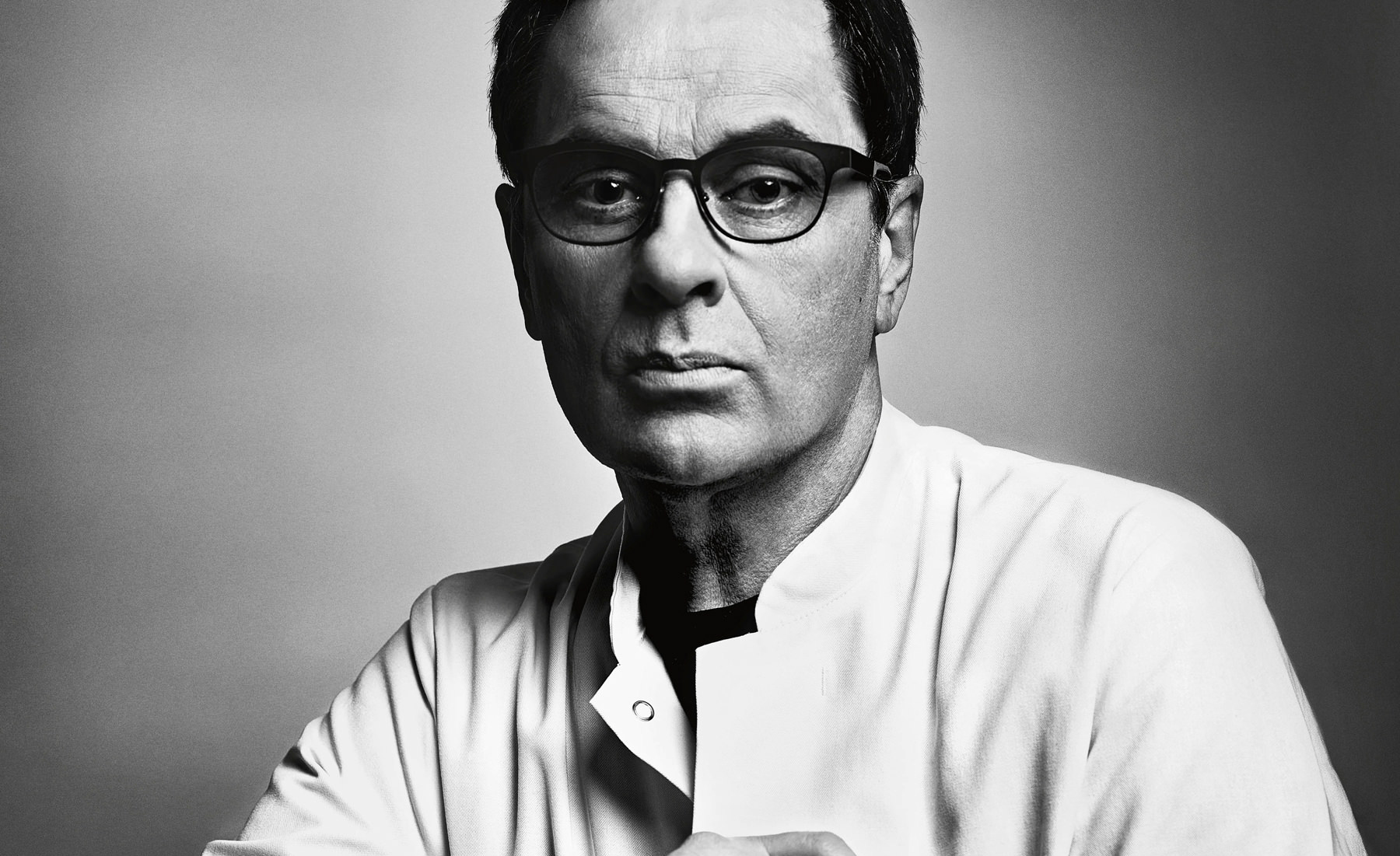
What made you decide to launch the “Steidl Book Award Japan” in Tokyo?
The idea came about during talks with the Tokyo University of the Arts and POST bookshop to arrange the Tokyo location for the travelling exhibition “Robert Frank: Books and Films, 1947–2016”. The idea of the Robert Frank exhibition is to show his work in a raw and accessible way, so students and all those with a passion for photography can experience it. As a young man Robert made his own book maquettes, which were the starting point for the importance of the photobook in his work. So it made sense to create an award that would encourage young people to do the same: to handcraft photobooks and realize the potential of the book as a photographic medium.
How do you like the Japanese art / art book scene?
Japanese art- and photobooks are immensely important. I know a lot of beautiful and brilliant books, but admit I still have a lot to learn (which is a great privilege) – I have friends and advisers who help me a lot. In 2001 I published together with Karl Lagerfeld The Japanese Box, which contains rare, iconic Japanese photobooks, and which is today itself an iconic object. We’ve also just printed Provoke, a 600-page book about the legendary Japanese photo magazine, and have in our upcoming program The Japanese Photobook, 1912–1980, which is the first English-language publication to explore Japanese photobooks of this period. Japanese book and paper crafts are time and again an inspiration: we printed a recent Chanel catalogue by Karl Lagerfeld with Japanese folds, for example, and I often choose handmade Japanese paper as wrapping paper. On my last trip to Tokyo I discovered the exquisite first edition of the photobook Paris et la Seine (1922) by Shinzō Fukuhara, son of the founder of Shiseido, which I would love to print as a facsimile.
What do you think makes a good art book?
There are of course objective criteria that made a good book: the technical quality of the photos, the standard of printing and binding, and so on. But at the end of the day it’s a subjective question. When I look at an art book, I want to see art presented in a new, refreshing way. It’s about the relationship between the art in question and the specifics of the book object: what kind of book will tell the story of the art in the most appropriate and beautiful way? How can the book’s format, design, paper, printing technology and binding materials best represent its contents?
Can you give a message to the applicants, what do you want to find in their art books?
Be inspired by other artists, but never try to imitate them. Find your own language and dare to be yourself. And last but not least, some advice from Robert Frank: “Keep your eyes open.”
※In order to accept applications in wider expressions, the name of the award has changed from [Steidl Japanese Photobook Award] to [Steidl Book Award Japan]. On the printed interview for the magazine Brutus, the old name [Steidl Japanese Photobook Award] is used, although the name will not be used from now on.